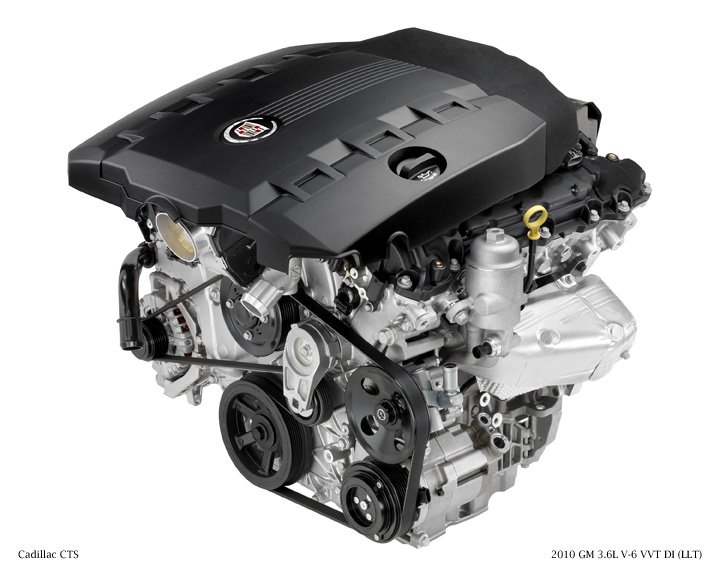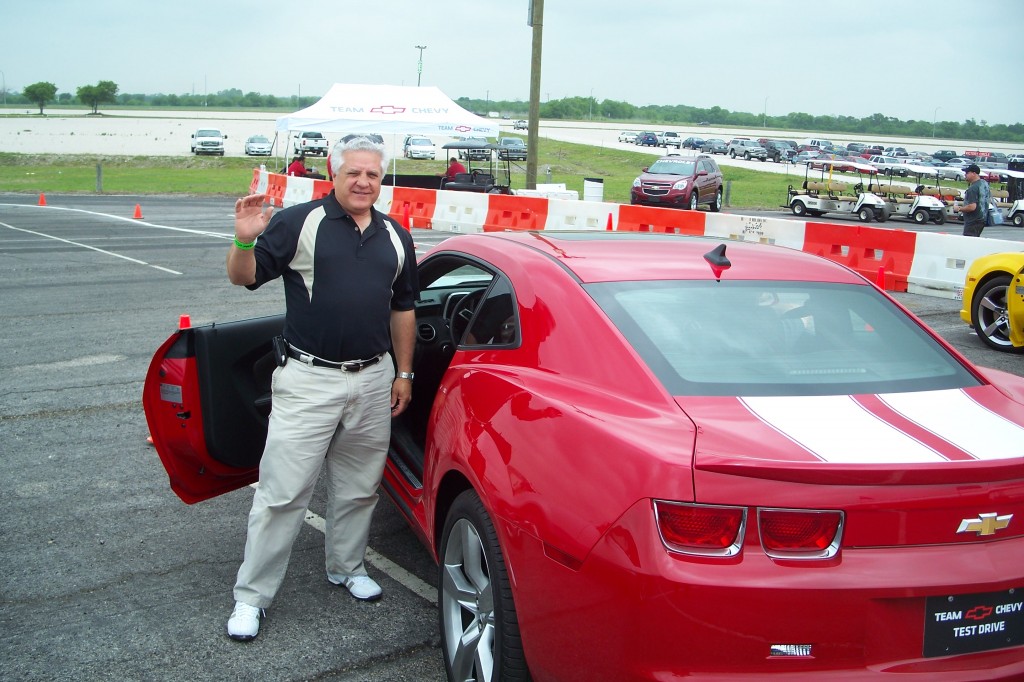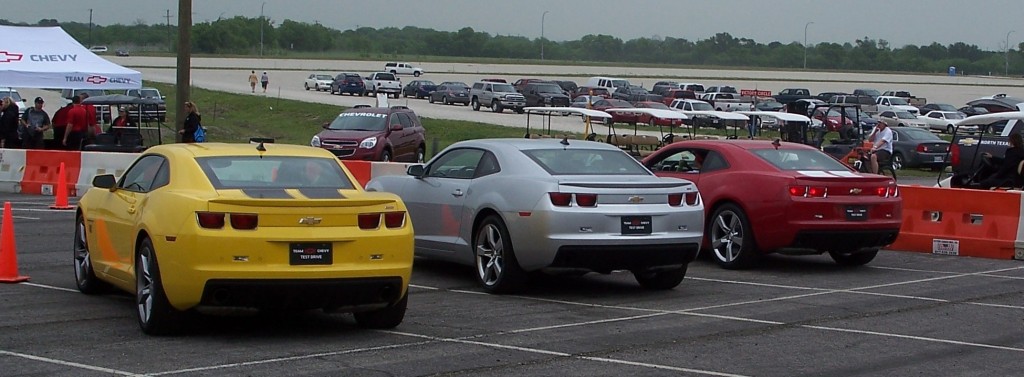When can a single V6 engine work well in a Cadillac or a Camaro? When it is as good as the LLT V6.
What are the features one would need to fit these disparate platforms? For the Camaro, you might might focus on maximum torque, and maximum peak horsepower. For the Cadillac, you might focus on noise, vibration, and harshness while delivering maximum power in a fluid manner. The LLT V6 manages to fulfill both bills with aplomb.
First, the LLT V6 is a 60 degree V-angle engine. The ideal V angle for balance alone for a 6 cylinder is 120 degrees, to time when opposing cylinders fire and offset the secondary moment. This is determined by dividing 720 degrees (2 revolutions for a 4-cycle engine) by the number of cylinders. Due to packaging (width of the engine) and because it results in a very smooth running engine, 60 degrees is generally accepted as the optimal V-angle for a modern V6.
Variable Valve Timing: The LLT uses variable valve timing to optimize its power range. Dual overhead cam (DOHC) engines such as the LLT have the advantage of different cams for the intake and exhaust. VVT engines have the further advantage of phasing the input and output camshafts to provide the optimum low rpm Torque and high RPM power.
Cam phasing also pays big dividends in reducing exhaust emissions. By closing the exhaust valves late at appropriate times, the cam phasers create an internal exhaust-gas recirculation system. The 3.6L V-6 VVT DI meets all emissions mandates without complex, weight-increasing emissions control systems such as EGR and air injection reaction (AIR).
Direct Injection is a relatively new technology that directly injects fuel into the combustion chamber at high pressure. This results in more complete and regulated combustion. Traditional fuel injection systems inject a fuel air mixture upstream of the intake valve. Further, the combination of DOHC, VVT, and DI work synergistically to deliver power, fuel economy, and low emissions.
What is next for the LLT V6? This engine family was originally designed to support displacements up to 4L, and to support Supercharging or Turbocharging. We may see the 3L variant with a power adder instead of the 3.6L variant, but the 3.6L will always be close to my heart; I have been driving these 3.6L’s in the non-DI LY7 version for six years now and they are very reliable, flexible engines. With the addition of forced induction they will be even better.









